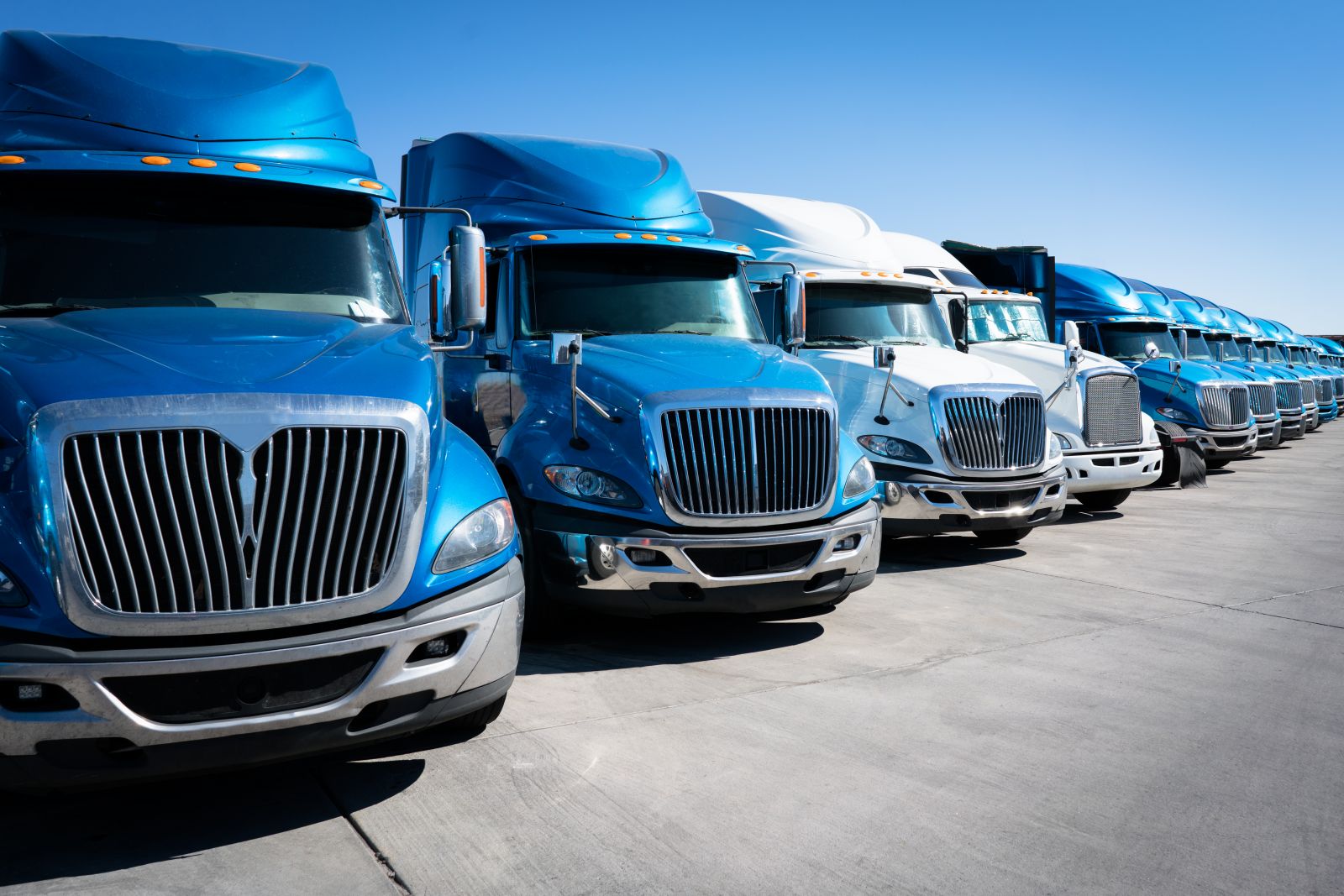
In the complex landscape of modern commerce, efficient supply chain management plays a pivotal role in driving business success. One of the cornerstones of an effective supply chain is the seamless movement of goods from manufacturers to consumers. In this regard, trucking and drayage services have emerged as indispensable components, streamlining supply chains and ensuring the timely delivery of goods. This article delves into the significance of trucking and drayage services in enhancing supply chain efficiency and explores how businesses can harness their power to optimize their operations.
The Essence of Supply Chain Efficiency
Supply chains are intricate networks that encompass multiple stages, from raw material acquisition to final product delivery. An efficient supply chain minimizes delays, reduces costs, and optimizes resource utilization. In this pursuit, trucking and drayage services have proven to be catalysts for success. Trucking, the transportation of goods by road, and drayage, the short-distance movement of containers within a port or intermodal facility, are the linchpins connecting various nodes of the supply chain.
The Role of Trucking Services
Trucking services are the backbone of many supply chains, providing flexible and reliable transportation solutions. Road transportation offers several advantages, including accessibility to a wide range of destinations, relatively quick transit times, and the ability to accommodate various types of cargo. Moreover, trucking services can be tailored to suit specific requirements, allowing for door-to-door delivery and ensuring a direct link between suppliers, manufacturers, distributors, and retailers.
In recent years, technology has revolutionized the trucking industry. GPS tracking, real-time monitoring, and route optimization software have enhanced the visibility of shipments, enabling precise tracking of cargo and minimizing the risk of delays. Additionally, innovations like blockchain have improved transparency, security, and traceability in supply chains, instilling greater trust among stakeholders.
The Dynamics of Drayage Services
Drayage services, often overshadowed by their long-haul counterparts, play a crucial role in the intermodal segment of the supply chain. These services involve the movement of shipping containers from ports to nearby distribution centers, warehouses, or rail terminals. The efficiency of drayage directly impacts the fluidity of the supply chain, as delays at this stage can trigger a ripple effect, causing bottlenecks and disruptions further downstream.
The integration of drayage services into the supply chain has gained significance with the rise of e-commerce and global trade. Efficient drayage operations can reduce congestion at ports, expedite cargo handling, and improve overall supply chain responsiveness. Just-in-time manufacturing and inventory practices rely on seamless drayage services to ensure that components and goods arrive precisely when needed, reducing inventory carrying costs and maximizing operational efficiency.
Strategies for Maximizing Efficiency
To harness the full potential of trucking and drayage services in streamlining supply chains, businesses can adopt several strategies:
- Collaborative Partnerships: Establishing strong partnerships with trucking and drayage providers fosters a symbiotic relationship. Clear communication, shared goals, and mutual understanding can lead to optimized routing, reduced transit times, and improved service quality.
- Data-Driven Decision Making: Leveraging data analytics enables businesses to identify trends, predict demand fluctuations, and optimize routes. By making informed decisions based on data insights, companies can minimize wastage, reduce costs, and enhance overall efficiency.
- Intermodal Integration: Integrating various modes of transportation, such as combining trucking and rail services, can enhance the efficiency of long-distance transport. This hybrid approach capitalizes on the strengths of each mode, mitigating their individual limitations.
- Technology Adoption: Embracing technological innovations, such as Internet of Things (IoT) sensors and blockchain, enhances visibility and traceability throughout the supply chain. This transparency minimizes the risk of theft, damage, and delays, thus boosting operational reliability.
- Sustainability Focus: The environmental impact of logistics cannot be ignored. Adopting eco-friendly practices, like optimizing routes to reduce fuel consumption and emissions, not only aligns with corporate social responsibility but also reduces operational costs over the long term.
Efficient supply chain management is a cornerstone of modern business success, and the role of trucking and drayage services in achieving this efficiency cannot be overstated. By facilitating the seamless movement of goods and containers, these services act as vital links that connect suppliers, manufacturers, distributors, and consumers. The integration of technology, data-driven decision-making, and a sustainable approach further augments their impact.
As supply chains continue to evolve in response to changing market dynamics, businesses that embrace the power of trucking and drayage services are poised to stay competitive. The ability to navigate the complexities of global commerce while ensuring timely deliveries and optimal resource utilization places these services at the forefront of supply chain innovation. Ultimately, the effective utilization of trucking and drayage services paves the way for a streamlined and resilient supply chain ecosystem, enabling businesses to thrive in an increasingly interconnected world.